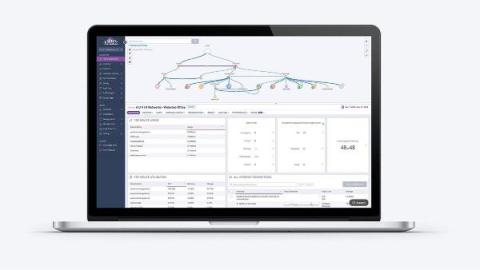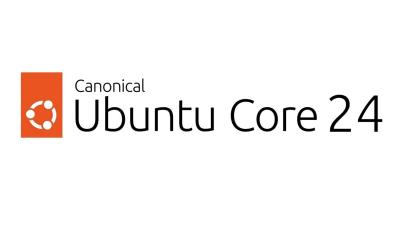The Benefits of a Single Incident Management System
How many monitoring tools do you have? Chances are at least 2-3. One tool usually does not cover all cases, and it’s usually a combination of self-managed and managed tools. Self-managed gives you more control over custom configurations and cost. Managed ones take away the headache of running it yourself. Prometheus is the de-facto standard for monitoring these days if you have a modern application stack and you want to manage your own monitoring.








